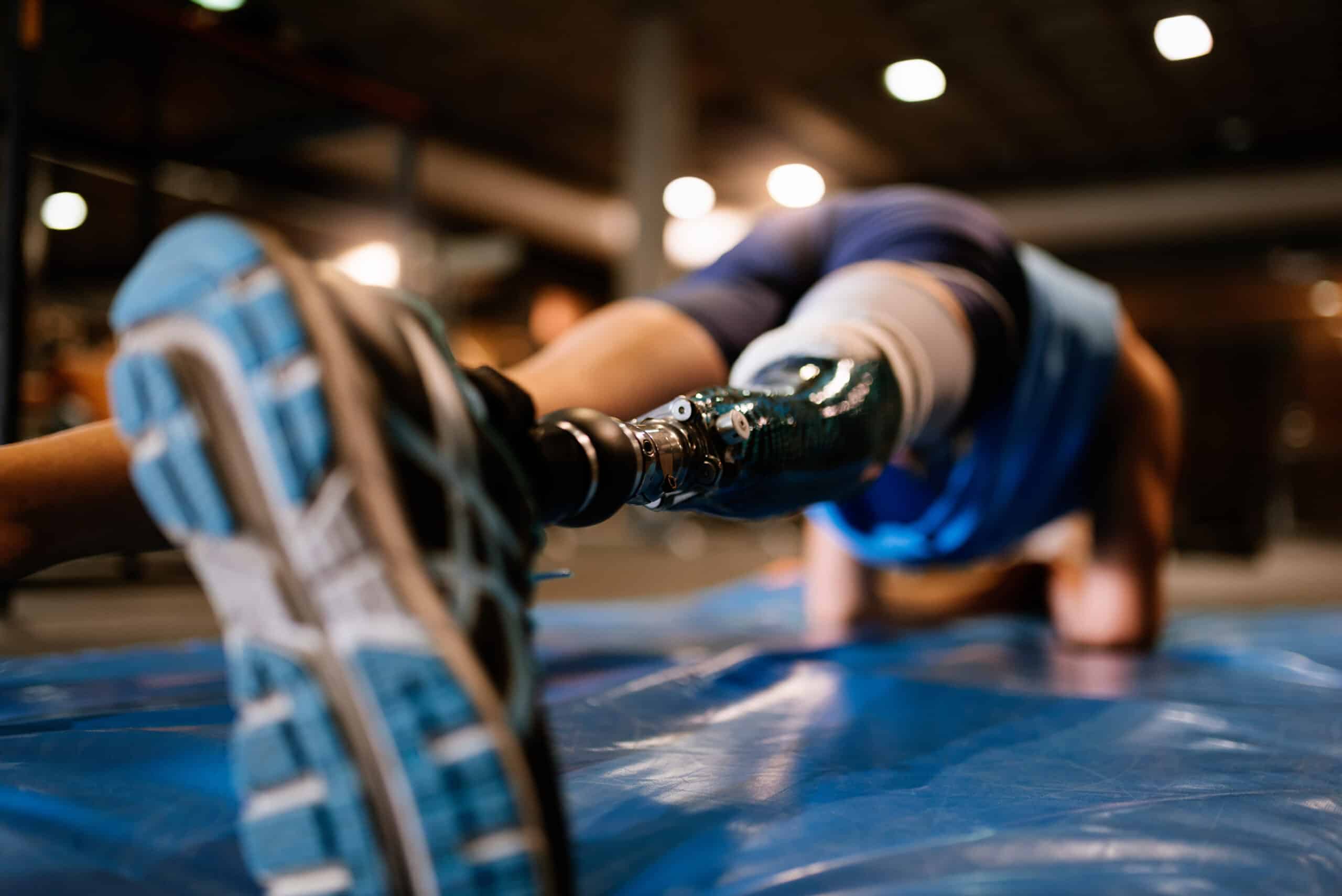Phantom Limb Pain: Treatment
Post-amputation pain (PAP) is a challenging constellation of painful disease states caused by the surgical or traumatic removal of a limb or appendage. The most common causes are vascular disease and trauma. The two most common causes of PAP are residual limb pain and phantom limb pain. Residual limb pain is often referred to as stump pain. This is pain that can be localized to the residual appendage after an amputation. There are multiple causes which include infections, soft tissue injuries, bony injuries, nerve lesions or neuromas, hematomas, and even local ischemia or poor healing. The treatment for stump pain is often treating the underlying cause. When identifiable anatomic pathology is identified, surgical exploration can be helpful. Also, neuroma injections have shown anecdotal benefits. Oftentimes, this pain can be resolved by reviewing the fit of a prosthesis or through exercise-based physical therapy. Oftentimes, musculoskeletal issues can arise due to gait changes, and prosthetic devices can cause irritation at the stump site, which can be extremely uncomfortable.
While over 90% of patients do experience phantom sensations after an amputation, only about 80% experience phantom limb pain. This is described as dysesthesia in the absent part of the affected limb. While phantom limb pain is extremely common in this population, it is also extremely difficult to treat. While examination can rule out stump pain causes, it is rarely helpful in pointing to a cure for this disease. Many neuropathic pain medications, such as tricyclic antidepressants, gabapentinoids, NMDA antagonists, and calcitonin, have shown promise in the treatment of this disease.
Psychologic therapies such as cognitive behavioral therapy (CBT), hypnosis, and mirror therapy have shown some benefits for patients with this condition. TENS therapy has also been found to be effective. When conservative treatment have failed, interventional procedures like neuromodulation can be effective. Dorsal column stimulation has been shown effective in case series and other anecdotal data. More recently, dorsal root ganglion stimulation and peripheral stim are being studied specifically for phantom limb pain. While these technologies are exciting, we are still awaiting true, concrete evidence.
